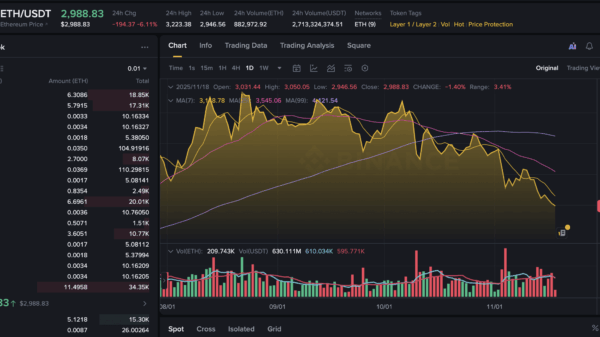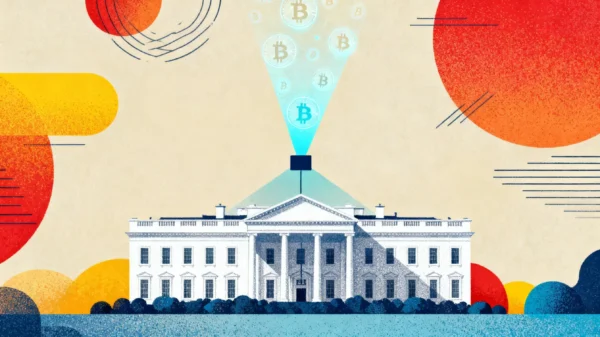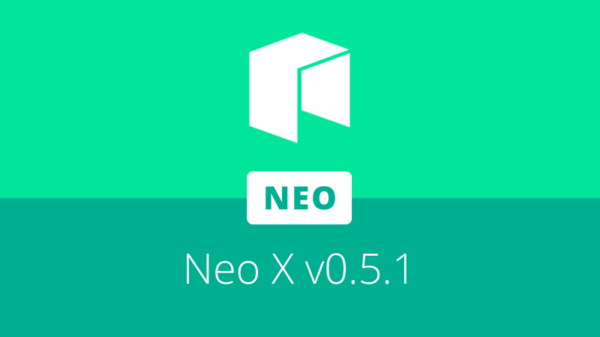In a remarkable incident that underscores the potential pitfalls of cryptocurrency transactions, a Bitcoin user inadvertently paid a staggering $105,000 in fees while attempting to send just $10 to a Kraken wallet. This error, which involved a payment of 0.99 BTC, has sparked discussions among experts about the dangers of manual wallet configurations.
On November 10, blockchain analysts uncovered this misconfigured transaction, revealing that only 0.00010036 BTC was intended for the recipient, while the majority was mistakenly allocated as the transaction fee. The MARA Pool was responsible for mining the block that processed this transaction, ultimately receiving the exorbitant fee.
Experts have indicated that such costly mistakes often arise from user errors, particularly when individuals manually set transaction fees. The capability to customize fees can lead to significant financial losses if incorrect values are entered, sending excess funds directly to miners.
Nick Hansen from Luxor Mining Pool characterized the incident as a result of “some non-standard way of crafting a transaction.” Scott Norris from Omnes added that such errors might stem from carelessness, suggesting that “it”s not terribly hard” to set transaction fees incorrectly.
Typically, transaction fees on the Bitcoin network have been relatively low, especially following a reduction by mining pools in July aimed at stimulating network activity. Currently, the average cost for confirming a Bitcoin transaction is below $1, with most small transfers costing merely cents.
While there are rare instances where miners might return mistakenly paid fees, such actions depend on their discretion and the sender”s ability to prove ownership of the wallet, making refunds infrequent and user errors potentially devastating.
This incident is not isolated; in 2023 alone, one trader lost 83.64 BTC due to an incorrectly configured fee, while another Ethereum user mistakenly sent $24 million before receiving a voluntary refund from the miner.
The recent case serves as a stark reminder of the risks associated with manual fee entry, emphasizing the critical importance of precision when conducting cryptocurrency transactions.






































































